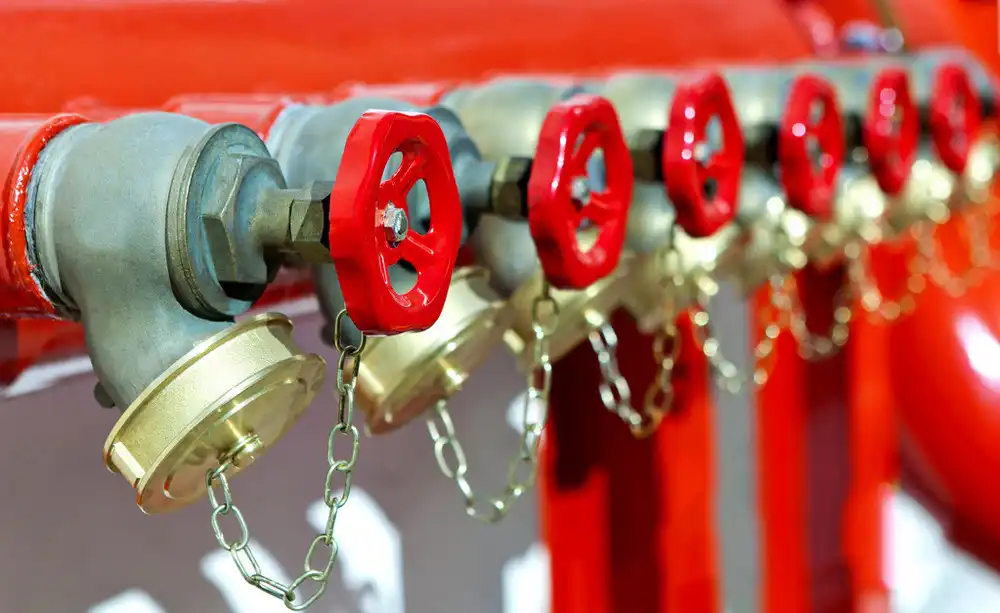A butterfly valve with a tamper switch is a type of flow control valve used primarily in fire protection systems and industrial applications. It combines the functionality of a butterfly valve with the added security of a tamper switch, making it suitable for situations where both flow regulation and monitoring are critical.
A butterfly valve is a quarter-turn valve that regulates fluid flow in a pipe. The valve consists of a circular disc, called the “butterfly,” which rotates around an axis. When the valve is in the fully open position, the disc is aligned parallel to the flow, allowing for maximum fluid passage. In the closed position, the disc rotates perpendicular to the flow, blocking the passage entirely. This design is highly efficient for managing large volumes of fluid with minimal pressure loss and is commonly used in systems that require quick opening and closing.
Tamper Switch
A tamper switch is an electronic device that monitors the position of the valve and signals if unauthorized tampering or a change in the valve’s position occurs. In fire protection systems, it is essential to ensure that valves controlling water flow remain in their proper position (usually open, to allow water to flow freely in case of fire). The tamper switch helps ensure this by sending an alert if the valve is moved from its intended position—either deliberately or accidentally.
The tamper switch is typically wired to a fire alarm control panel. If someone tries to close or partially close the butterfly valve without authorization, the system detects the movement and triggers an alarm. This safety feature helps prevent system malfunction, ensuring the fire suppression system remains operational when needed.
Uses in Fire Protection
Butterfly valves with tamper switches are widely used in fire protection systems such as sprinkler systems, standpipes, and fire pumps. These systems depend on the consistent availability of water to control or extinguish fires. A butterfly valve in these systems is usually kept in the open position, and the tamper switch ensures it remains that way unless maintenance or an authorized procedure is taking place.
For instance, in a fire sprinkler system, if a butterfly valve were to be closed (whether by accident or sabotage), water flow to the sprinklers would be cut off, rendering the system useless. The tamper switch acts as a safeguard against such risks by triggering an alarm in case the valve is tampered with, prompting immediate attention from facility managers or emergency personnel.
Advantages
- Security: The tamper switch adds an extra layer of protection by ensuring that any unauthorized valve movement is quickly detected.
- Reliability: In fire protection systems, reliability is paramount. The tamper switch enhances the system’s dependability by ensuring the valve is always in the correct position.
- Easy Monitoring: By integrating with fire alarm systems, tamper switches allow for remote monitoring of valve status, making it easier for operators to oversee large systems.
- Compliance: Many fire codes and regulations require the use of tamper switches on control valves to ensure compliance with safety standards.
Conclusion
A butterfly valve with a tamper switch is a crucial component in many fire protection and industrial systems. It provides an effective means of controlling fluid flow while ensuring safety and security through the monitoring capabilities of the tamper switch. By combining these two functions, this device helps prevent unauthorized interference, ensuring the continuous and reliable operation of vital systems like fire suppression networks.








